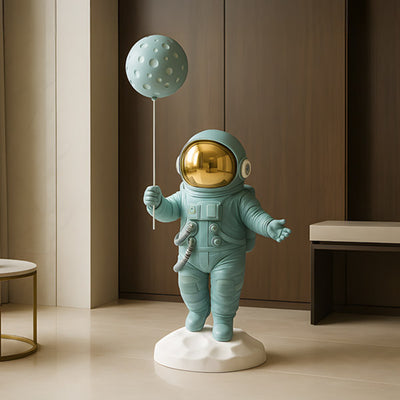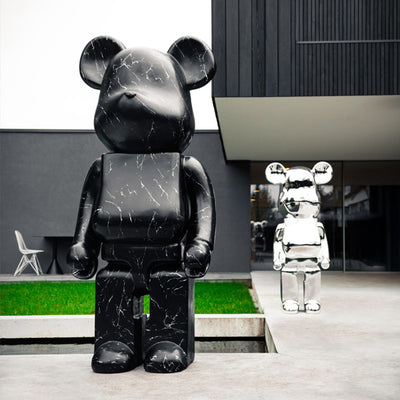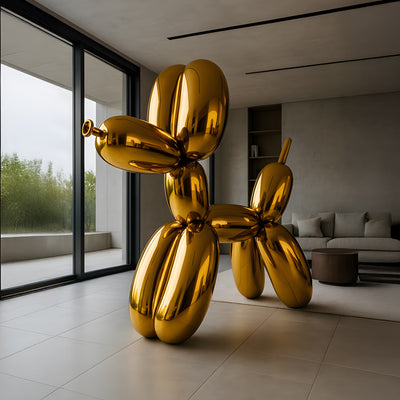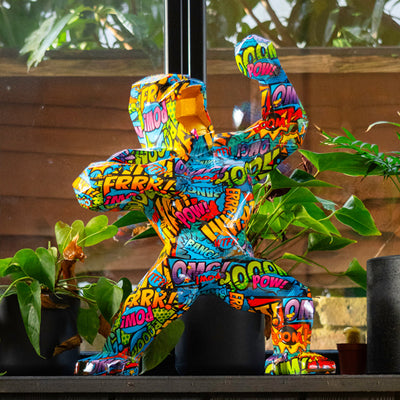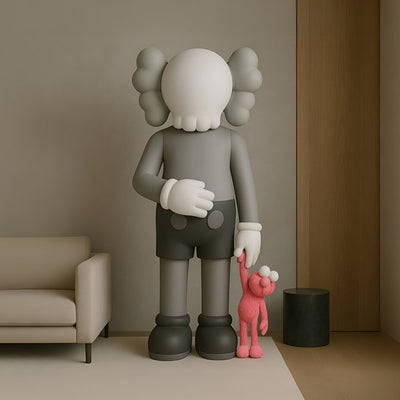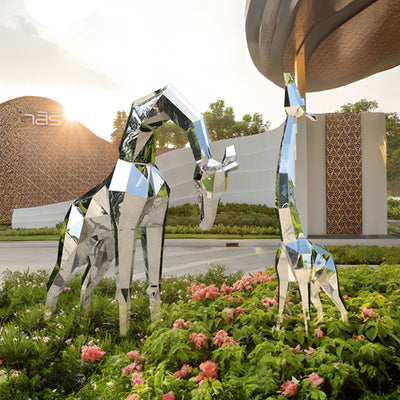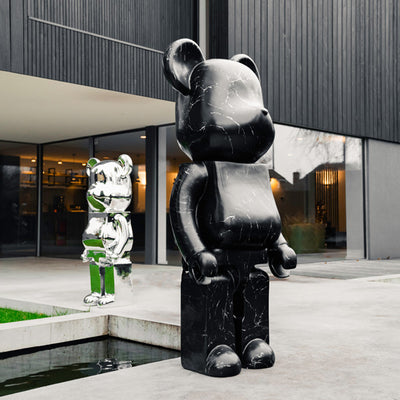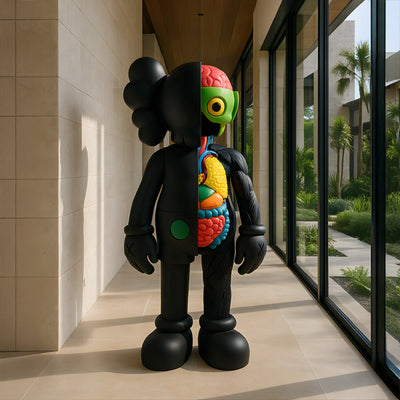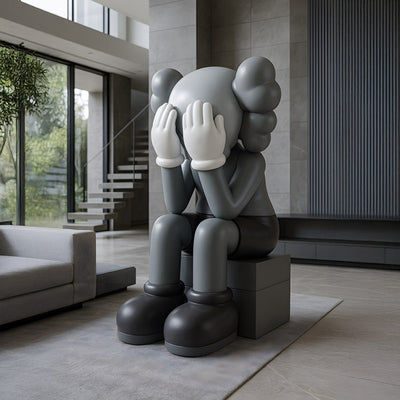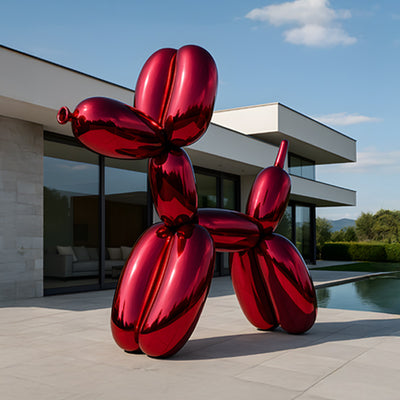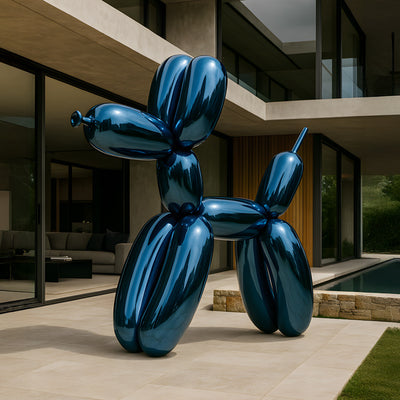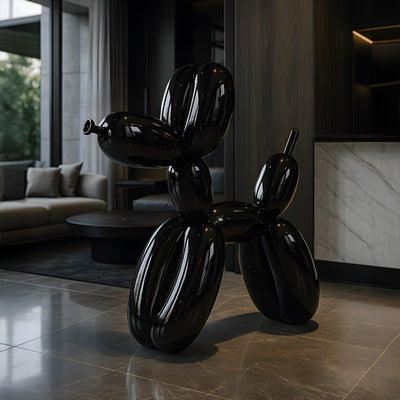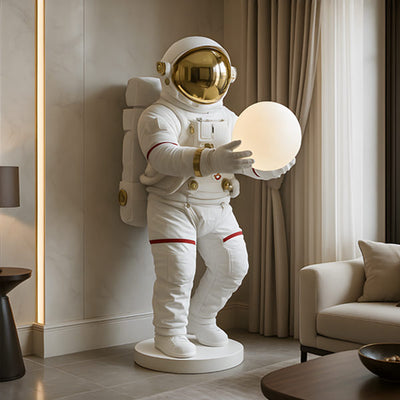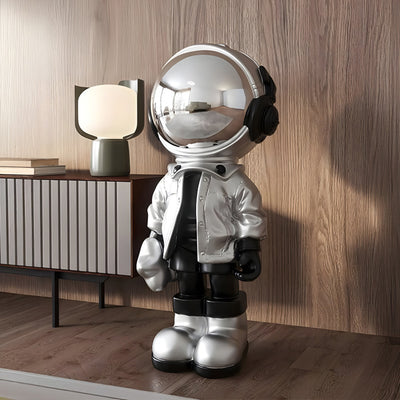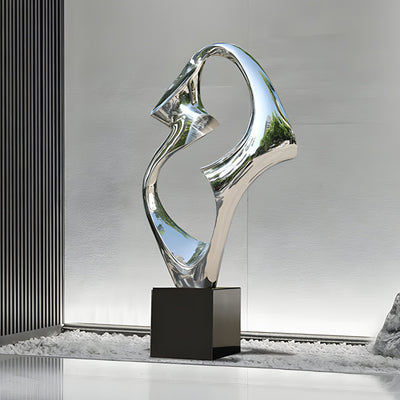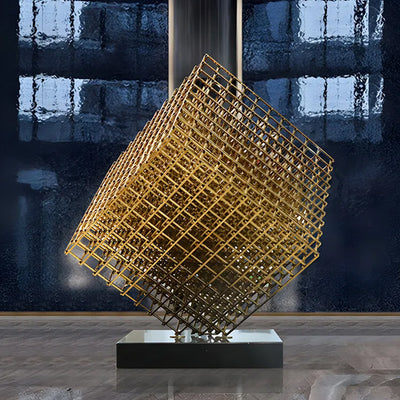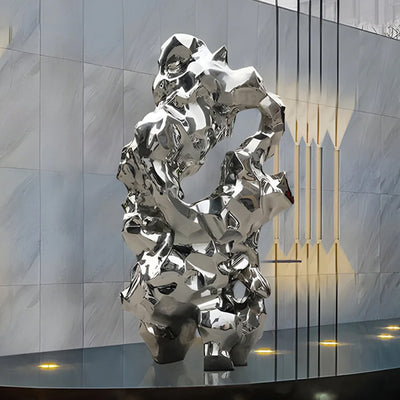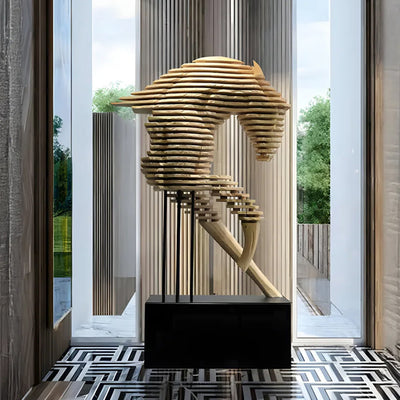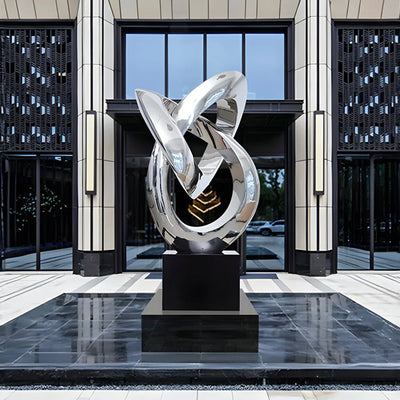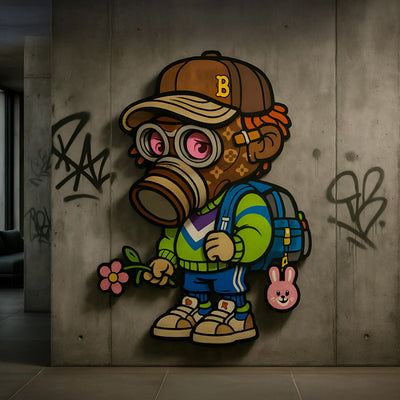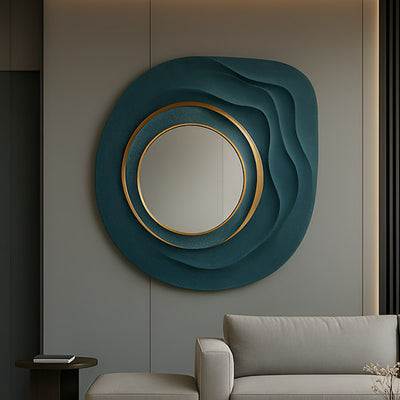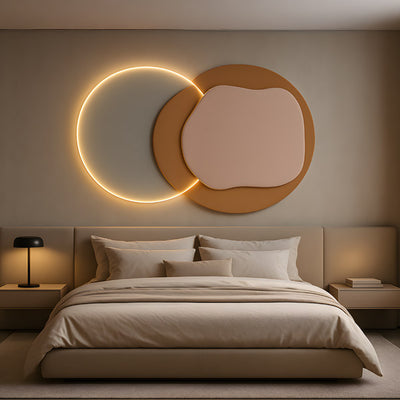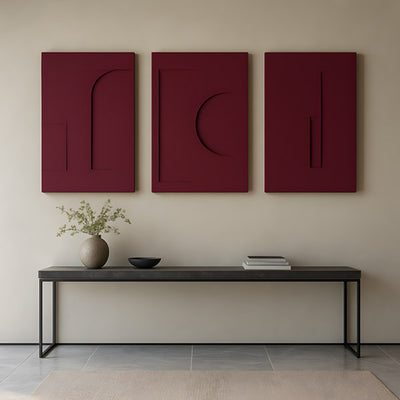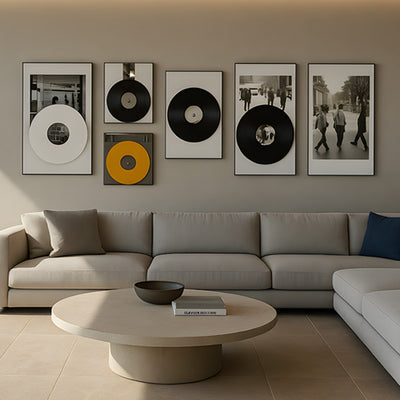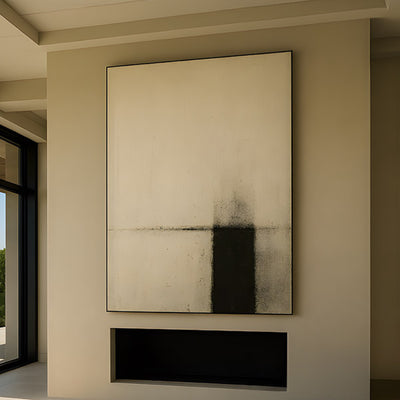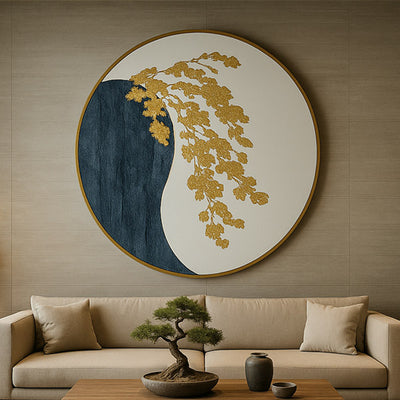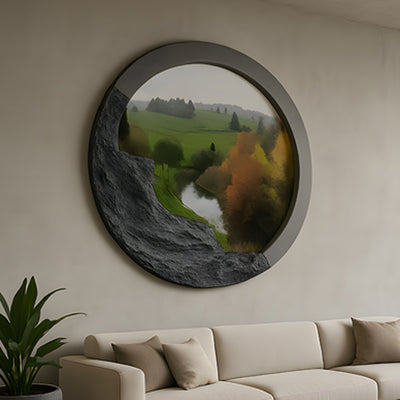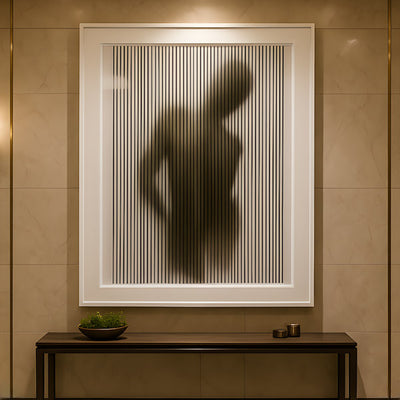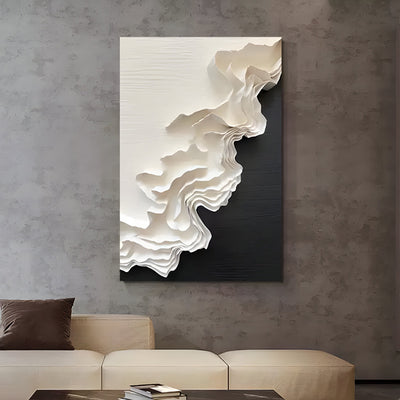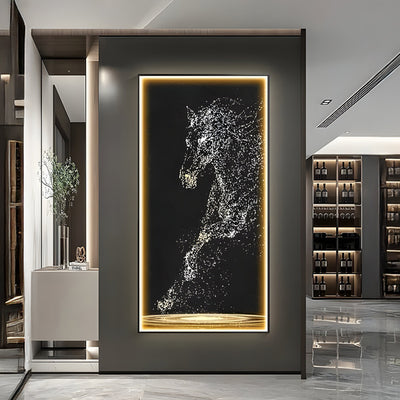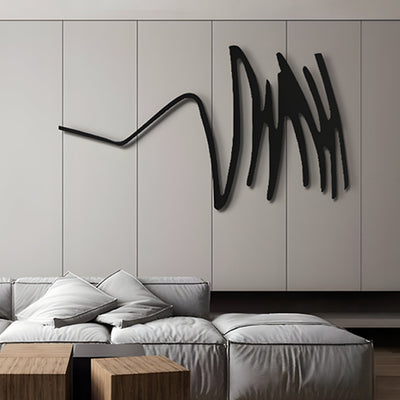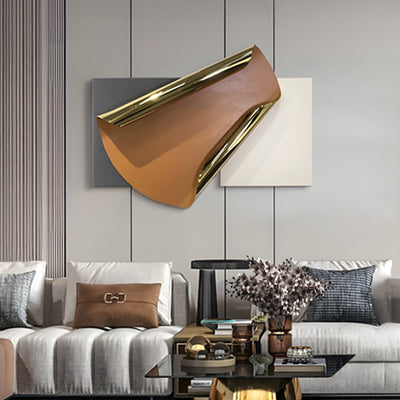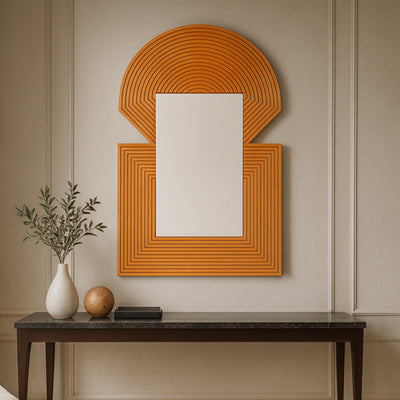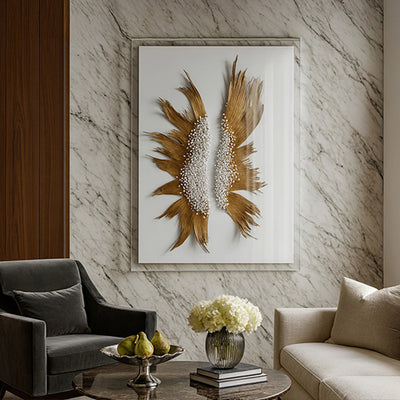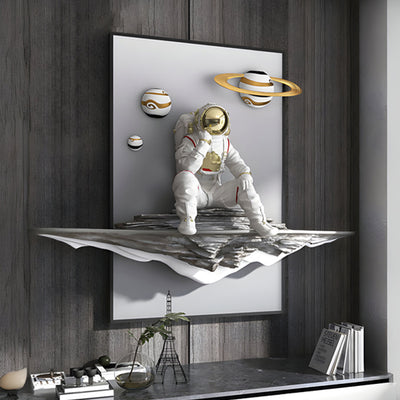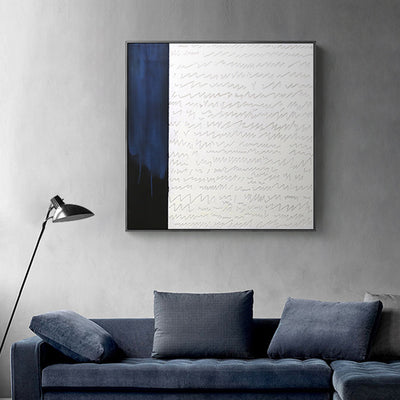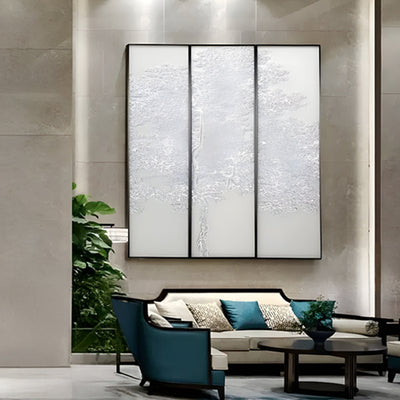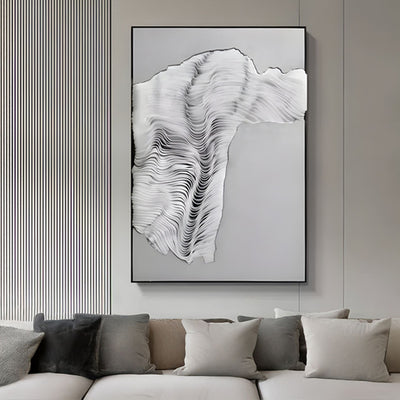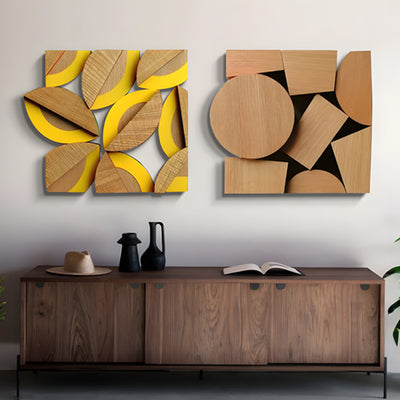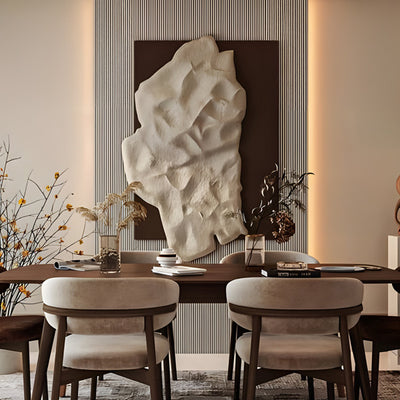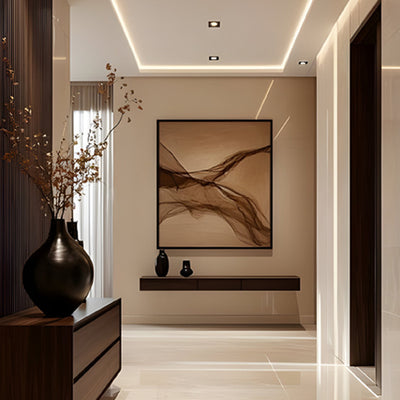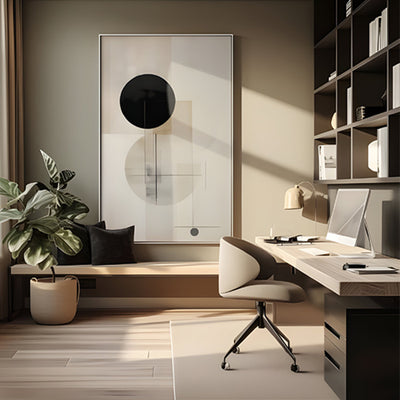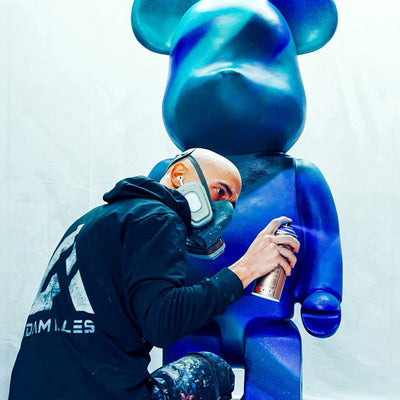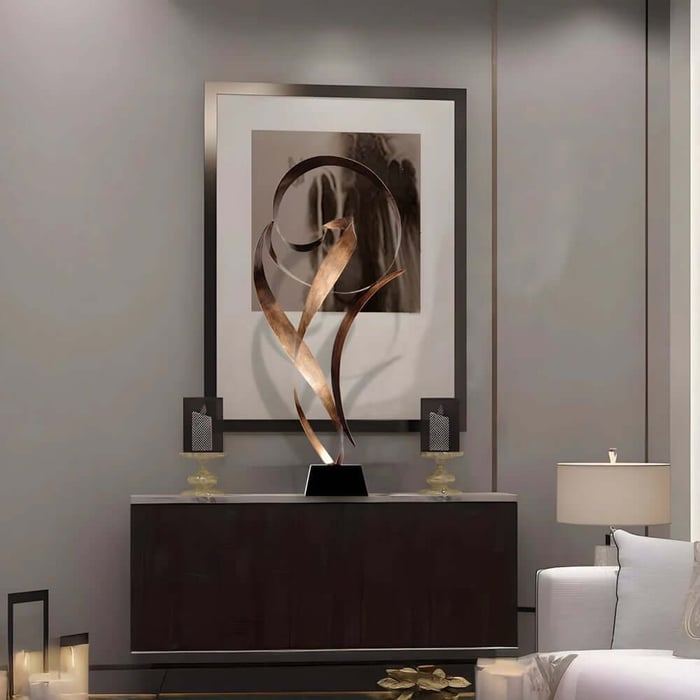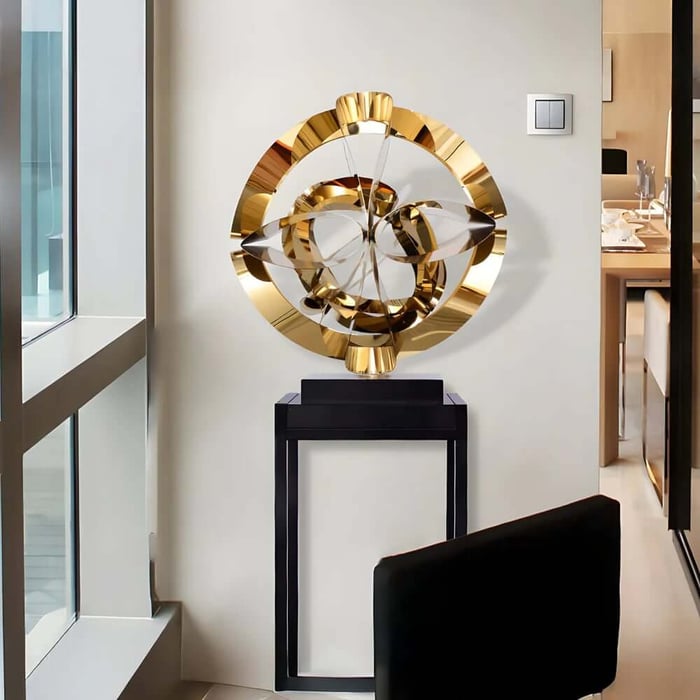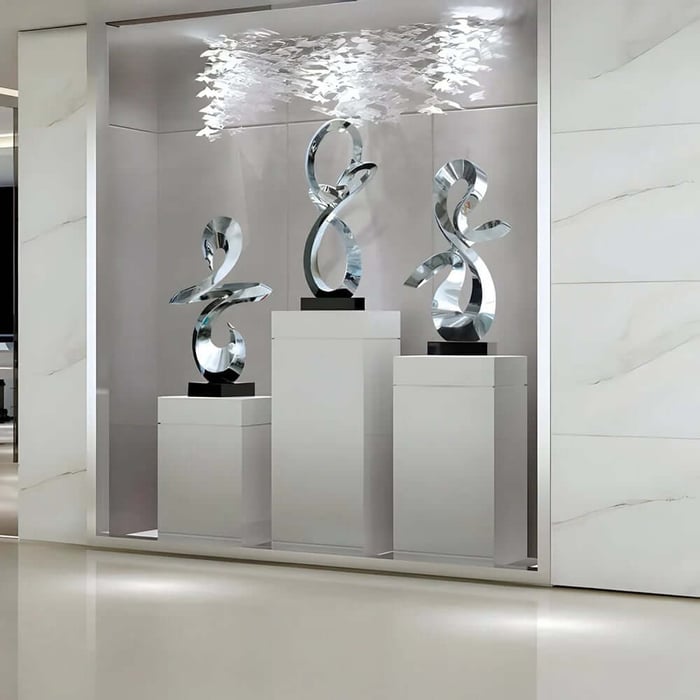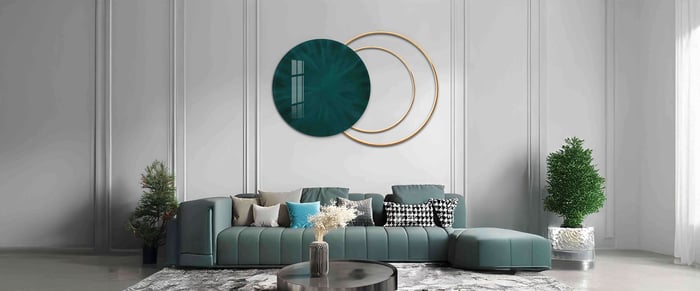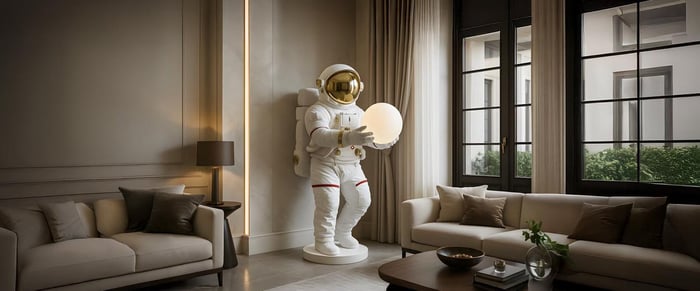Table of Contents
- The Early Roots of Abstract Sculptures
- Abstract Sculptures Come of Age
- The Shift from Stone to Metal: A New Era of Expression
- Outdoor Abstract Sculptures: Art That Interacts With the World
- Contemporary Abstract Sculptures: Blending Technology, Imagination & Craft
- What to Consider When Choosing Abstract Sculptures
- Conclusion: A Timeless Journey from Raw Stone to Shining Steel
- FAQs
Abstract Sculptures have carved out a powerful place in the world of contemporary creativity. No longer confined to literal representation, these works challenge the viewer’s imagination, stir emotion, and transform spaces in ways traditional forms rarely achieve. What began as modest explorations in shape and symbolism has grown into a global movement that embraces stone, steel, metal alloys, glass, and modern synthetic materials.
Today, abstract sculptures stand proudly in homes, galleries, gardens, public plazas, and corporate spaces, each piece telling its own story without uttering a single word. In this deep dive, we explore the evolution of this art form, from its earliest stone beginnings to the bold steel masterpieces that define modern design.
The Early Roots of Abstract Sculptures
While abstract sculptures feel modern, its conceptual foundations stretch thousands of years into the past. Ancient civilisations often created non-literal forms, stylised figures, symbolic carvings, and geometric shapes long before “abstract art” became a recognised movement. Early stone sculptures were crude yet expressive, prioritising meaning over accuracy. These early works paved the way for a new artistic language, one that used form, texture, and symbolism to communicate ideas rather than depict reality.
Fast-forward to the late 19th and early 20th centuries, when artists began deliberately rejecting realism. Influential sculptors such as Constantin Brâncuși embraced simplicity, smooth lines, and pure geometric shapes. Their stone works marked a turning point, signalling a desire to focus on the essence of form without imitation. This shift set the stage for modern abstract sculptures' clean lines, expressive shapes, and a deliberate break from tradition.
Abstract Sculptures Come of Age
By the mid-20th century, abstract sculptures had fully matured into a standalone artistic movement. Sculptors began experimenting with scale, negative space, balance, and the relationship between the artwork and its environment. Stone remained important, but new techniques allowed artists to manipulate materials with greater precision. Smooth finishes, carved voids, and elongated shapes defined the era.
Modern abstract sculptures became synonymous with innovation. Rather than portraying recognisable subjects, artists embraced pure form, flowing curves, sharp edges, and bold silhouettes. Many works moved away from rigid realism towards more fluid, nature-inspired organic sculptures that suggested growth, movement, and emotion. The rise of outdoor abstract art created new opportunities for interaction with light, weather, and landscape.
This period introduced new materials as well. Bronze, wood, and composite materials found their place in studios worldwide, signalling a shift away from stone as the primary medium. Still, stone retained its place as a timeless foundation of sculptural expression, providing both structure and symbolism.
The Shift from Stone to Metal: A New Era of Expression
The advent of metalworking revolutionised abstract sculptures as a discipline. Steel, sturdy, versatile, and distinctly modern, quickly became the material of choice for artists keen to push boundaries, giving rise to monumental steel sculptures that dominate courtyards, atriums, and city squares. Its durability allowed for ambitious outdoor pieces capable of withstanding harsh climates, enabling sculptors to create towering structures, intricate twists, and seemingly impossible geometries.
Stainless steel, in particular, transformed the visual language of sculpture. Its reflective surface engages directly with the environment, turning light, shadows, and the surrounding architecture into part of the artwork. Metal-based creations gained popularity in public installations, corporate buildings, luxury homes, and international art festivals, where their presence is both striking and sophisticated.
Metal also opened the door to bold experimentation with colour and texture. Brushed steel, mirrored finishes, painted alloys, and patinated bronze each bring their own character, allowing artists to create works that feel sleek, industrial, or richly organic. This era embraced drama, large sculptural forms that demand attention and invite curiosity.
Today, the shift from stone to steel reflects not just a change in material but a deeper expression of artistic identity. Stone symbolises tradition and permanence; metal suggests innovation, motion, and forward-thinking design. Together, they beautifully illustrate the evolution of abstract sculptures from timeless origins to contemporary elegance.
Outdoor Abstract Sculptures: Art That Interacts With the World
Outdoor art installations occupy a unique space in the art world, both literally and conceptually. Unlike gallery-bound pieces, these works must adapt to their environment; weather, light, seasonal changes, and human presence all become part of the experience, turning each viewing into a slightly different encounter.
Large sculptural pieces often dominate parks, gardens, hotel courtyards, and urban plazas, where their scale creates a sense of drama and transforms ordinary spaces into cultural landmarks. Metal sculptures excel outdoors thanks to their durability and visual impact, their reflective surfaces catching and playing with sunlight throughout the day. Even smaller private gardens can be elevated by a single bold feature, whether that’s a geometric steel form, a swirling ribbon-like structure, or minimalist geometric sculptures that bring a sense of order and rhythm to natural surroundings.
Companies like giant sculptures specialise in these commanding pieces, crafting custom works that balance artistry with architectural presence. Whether for private estates or commercial settings, a carefully chosen example of abstract sculptures can instantly define an environment, create a focal point, and leave a lasting impression on everyone who passes through the space.
Contemporary Abstract Sculptures: Blending Technology, Imagination & Craft
Today’s abstract sculptures combine craftsmanship with technology in ways that were impossible a century ago. Advanced tools enable artists to realise forms that push physics and aesthetics to new extremes, including:
plasma cutters
3D modelling software
laser equipment
CNC machinery
Contemporary abstract sculptures often merge multiple materials, blending steel with glass, stone with resin, or polished metals with patinated surfaces. This hybrid approach creates depth, contrast, and modern elegance.
Digital design has also become integral. Artists can visualise complex shapes, calculate balance points, and ensure structural integrity long before the first weld or cut. Yet despite technological advances, the human touch remains essential. Sculptors still rely on intuition, creativity, and hand-finishing to bring each piece to life.
The rise of commissions and bespoke artworks reflects a growing appreciation for abstract sculpture art in architecture and interior design. Hotels, luxury residences, and corporate centres integrate custom pieces as focal points. These sculptures don’t just decorate they define a space, spark conversation, and give character to otherwise neutral environments.
What to Consider When Choosing Abstract Sculptures
As abstract sculptures have evolved in form and material, they’ve also become more accessible to collectors, designers, and homeowners. Selecting the right piece is not just about taste; it’s about finding a sculpture that genuinely complements its surroundings and enhances the atmosphere you want to create.
When choosing a sculpture for your space, it helps to consider:
Location and surroundings- Is the piece going indoors or outdoors? Will it sit in a minimalist lobby, a lush garden, or a busy public plaza?
Scale and proportion- Does the size of the sculpture suit the room or landscape, or will it overwhelm or disappear within the setting?
Material and finish- Steel, stone, bronze, and mixed media all offer different visual and tactile qualities, from high-shine reflective surfaces to rugged, textural patinas.
Style and mood- Are you drawn to clean-lined geometric forms, softer organic curves, or something more experimental and sculptural?
Practicality and maintenance- Outdoor pieces, in particular, need to withstand weather, pollution, and wear, so durability and ease of care are crucial.
By taking these factors into account, you not only honour the rich evolution of abstract sculpture art but also ensure the piece you choose feels intentional, integrated, and timeless within your environment.
Conclusion: A Timeless Journey from Raw Stone to Shining Steel
Abstract sculpture art has travelled a remarkable path from primitive carvings in stone to today’s monumental steel masterpieces. Each era has added something new: symbolism, technique, material innovation, and bold artistic expression. Whether carved from stone or forged in metal, abstract sculptures continue to challenge perception, evoke emotion, and transform the spaces they inhabit.
If you’re considering adding a statement piece to your home, garden, or commercial space, now is the perfect moment to explore what abstract sculptures can bring to your environment. For breathtaking, large abstract sculptures and custom metal installations crafted with exceptional artistry, visit Giant Sculptures.
Ready to elevate your space? Choose a sculpture that speaks to you and let art reshape your world.
FAQs
What is abstract sculpture art and what makes it unique?
Abstract sculpture art highlights shapes, forms, and symbolic elements instead of depicting realistic subjects.
What materials are used in abstract sculptures?
Common materials include stone, steel, bronze, wood, glass, and synthetic materials.
Why are metal sculptures popular outdoors?
They are durable, weather-resistant, and interact beautifully with light and the environment.
How do abstract sculptures enhance a space?
They create visual impact, spark emotion, and serve as striking focal points in homes or commercial areas.
Can abstract sculptures be customised?
Yes, many artists and companies offer custom designs in various sizes, materials, and styles.
